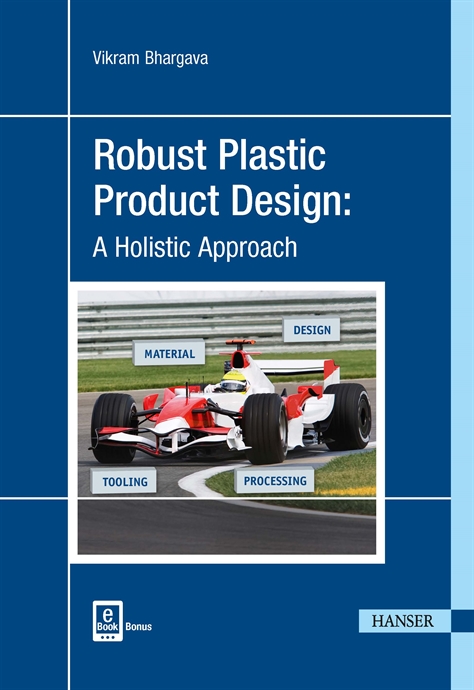There are many ways to move a part or tool from point A to point B in a straight line, including ballscrews, linear motors, and rack-and-pinion systems. But, for applications requiring high speeds, long travel lengths and high duty cycles, it’s hard to beat the cost-effectiveness of a belt-driven linear positioning system.
Compared with screw-driven systems, belt-driven systems are faster, more efficient and less expensive, particularly as travel length increases, says Jonathan Weir, manager of applications engineering at Breco Flex Co. LLC (Eatontown, NJ). On the other hand, belt-driven systems are less accurate than screw-driven systems, and their thrust capability is limited by the tensile strength of the belt.
Belt-driven systems work best in applications that require good repeatability, but not necessarily good accuracy. “The accuracy of a ballscrew can be stated as X amount per meter traveled,” says Weir. “You can’t say that about a timing belt, because too many factors affect its accuracy, such as the alignment of the pulleys and drive shafts.”
Timing belts are flat belts with a series of evenly spaced teeth on one side. In linear actuators, the belt can be looped or open-ended. In a looped system, the belt is stretched around two pulleys of equal diameter. The pulleys are located at either end of the actuator. One of the pulleys, the driver, is coupled to a servomotor. The other pulley, the idler, is unpowered. The driver is often aided by a gearbox reducer to produce the required torque for the application and to reduce the amount of inertia reflected to the servomotor.
The carriage, or slider, is attached directly to the belt and is supported by linear bearings. Recirculating linear ball bearings are most often used, because of their high rigidity, high moment and load carrying capacity, and low coefficient of friction.
In an open-ended system, the belt is not a loop. Instead, both ends are clamped in stationary fixtures. The slider itself houses the driver pulley and two idlers that roll on the back of the belt.
The belt is typically made of neoprene or polyurethane. The latter material is often preferred for its stiffness and abrasion resistance. “A timing belt is like a big rubber band,” explains Weir. “The stiffer it is, the more accurate you’re going to be.”
The belt is covered with nylon and reinforced with fiberglass, polyester, Kevlar or steel cords. “If you’re moving 50 pounds, a fiberglass-reinforced belt is fine,” says Joe Griffin, linear motion products manager at Techno Inc. (New Hyde Park, NY). “If you’re moving 900 pounds, you want a steel- or Kevlar-reinforced belt. For heavy loads and high accelerations, you need heavy reinforcement.”
The teeth on the belt can be made in various shapes, depending on speed, load and accuracy requirements. Trapezoidal shapes are most common, but curvilinear shapes are rapidly gaining favor. A curvilinear shape puts lets stress on the teeth, enabling narrower belts to handle heavier loads. Backlash between the pulley and the belt teeth is negligible.
For optimal operation, it’s essential that the right amount of tension is applied to the belt when the actuator is set up. When the actuator operates under load, the belt will develop tight and slack sides. The right amount of tension will prevent the belt from sagging and ensure that the actuator operates effectively. Too much tension will cause the belt to wear prematurely. Too little tension will cause the belt to vibrate during operation, which can lead to mistracking or poor teeth engagement. Tension is usually applied to the belt by adjusting the position of the idler pulley or by adjusting the position of the belt beneath the clamping plate.
“It’s a balancing act,” explains Griffin. “You want to put enough tension on the belt so that there’s no slack in it, which could cause backlash or enable the belt to slip over the pulley.”


